Paxlava
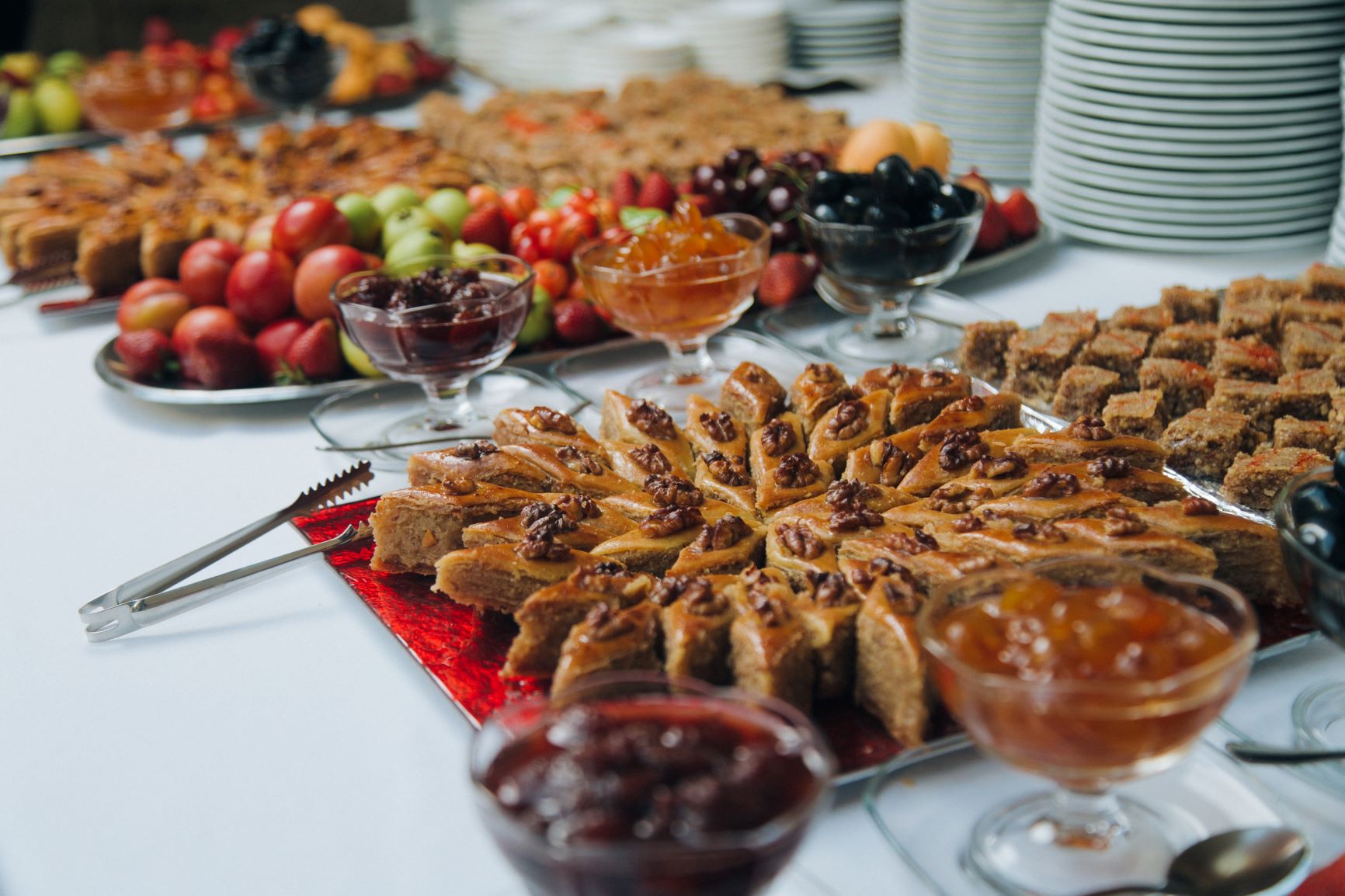
Dadına doyulmaz və ən ləzzətli xəmir xörəyimiz, məşhur paxlava: qoz-fındıq və ya püstə ilə doldurulmuş, bal və ya şərbət ilə örtülmüş xəmir təbəqələri. Ənənəvi olaraq Novruz tətilində "şəkərbura" və "şorqoğal" ilə birlikdə yeyilir, amma, eyni zamanda il boyu da ləzzətlə yeyilə bilər. Paxlava, alovu simvolizə edən bir almaz formasına malikdir və bölgədən bölgəyə fərqlənir. Şirniyyatları ilə məşhur olan iki şəhər - Şəki və Qubada paxlavanın regional dəyişikliklərini sınamağınızı tövsiyə edirik.

Digər bloq yazıları
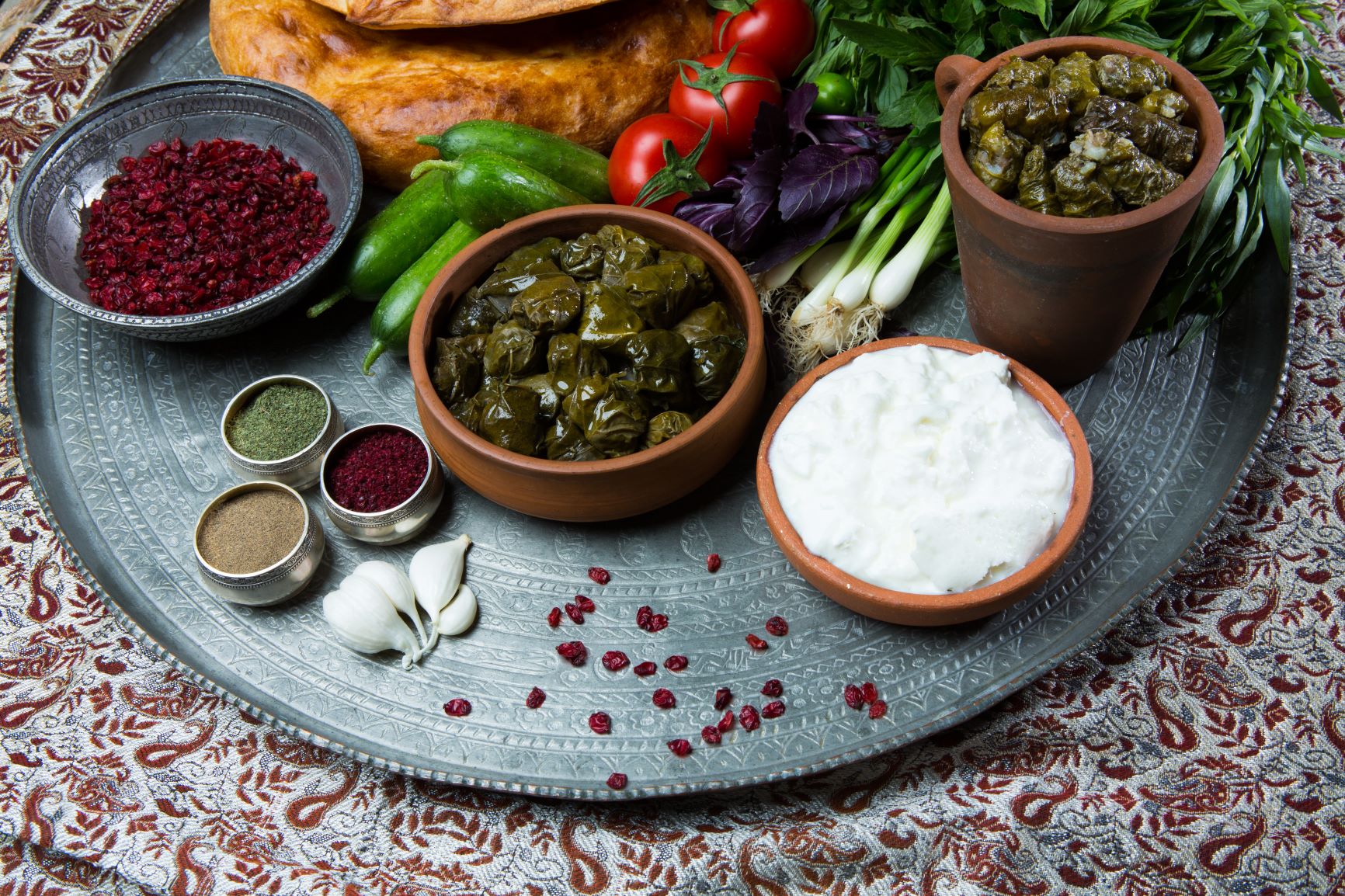
Dolma
Dolma, ənənəvi olaraq müxtəlif ət və düyü dolğuları ilə doldurulub, üzüm yarpaqlarından hazırlanmış, otlar və ya qoz-fındıqla zənginləşdirilmiş bir yeməkdir. Adı Azərbaycan dilində ‘doldurmaq’ mənasını verən ‘dolmaq’ felindən gəlir. Tərkibi bölgədən bölgəyə və ilin vaxtından asılı olaraq dəyişir. Məsələn, yay vaxtı doldurulmuş badımcan və ya pomidor da dolma sayılır.
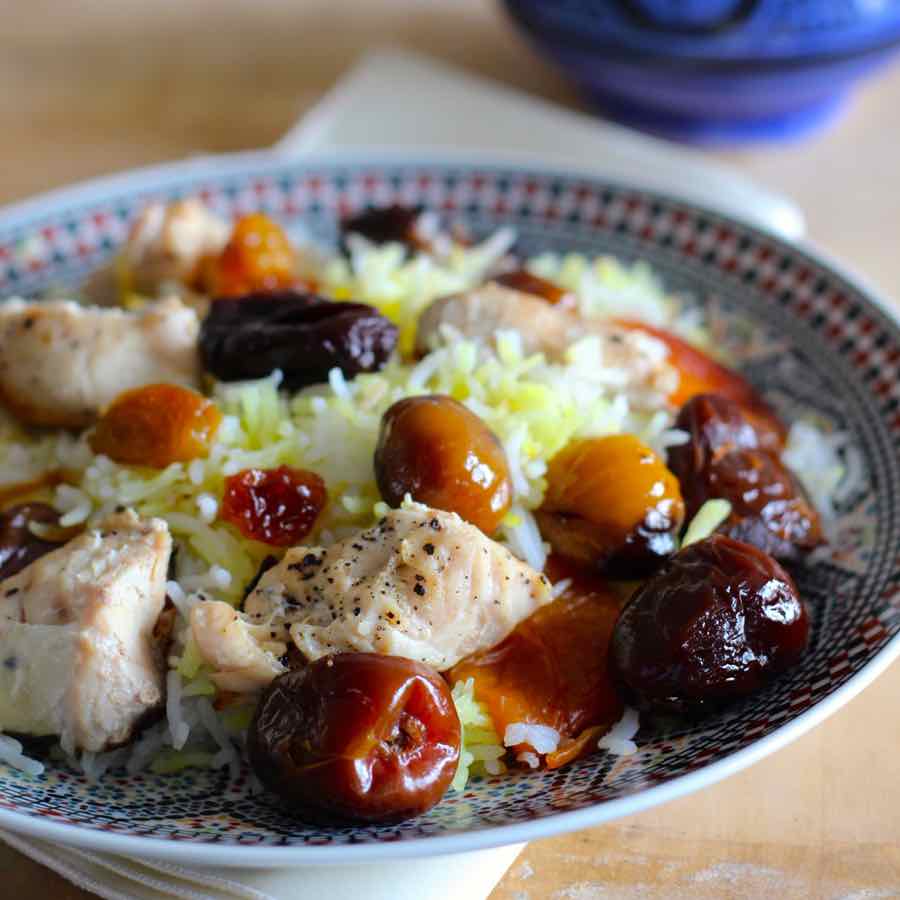
Plov
Otlar, quru meyvələr, ət yaxud da balıq və digər yerli məhsullarla qarışdırılmış düyüdən hazırlanan plov heç vaxt cansıxıcı ola bilməyən bir yeməkdir! Plovun müxtəlif növləri var və o hər hansı bir milli bayramda həmişə süfrədə olur. Ən populyar növlərdən bəziləri "fişincan" (nar və qoz sousundakı çəkilmiş ət ilə), "şirin" (kişmiş və qurudulmuş ərik ilə) və yağlı lavaş çörəyi qatlarına bürünmüş "şah"dır.
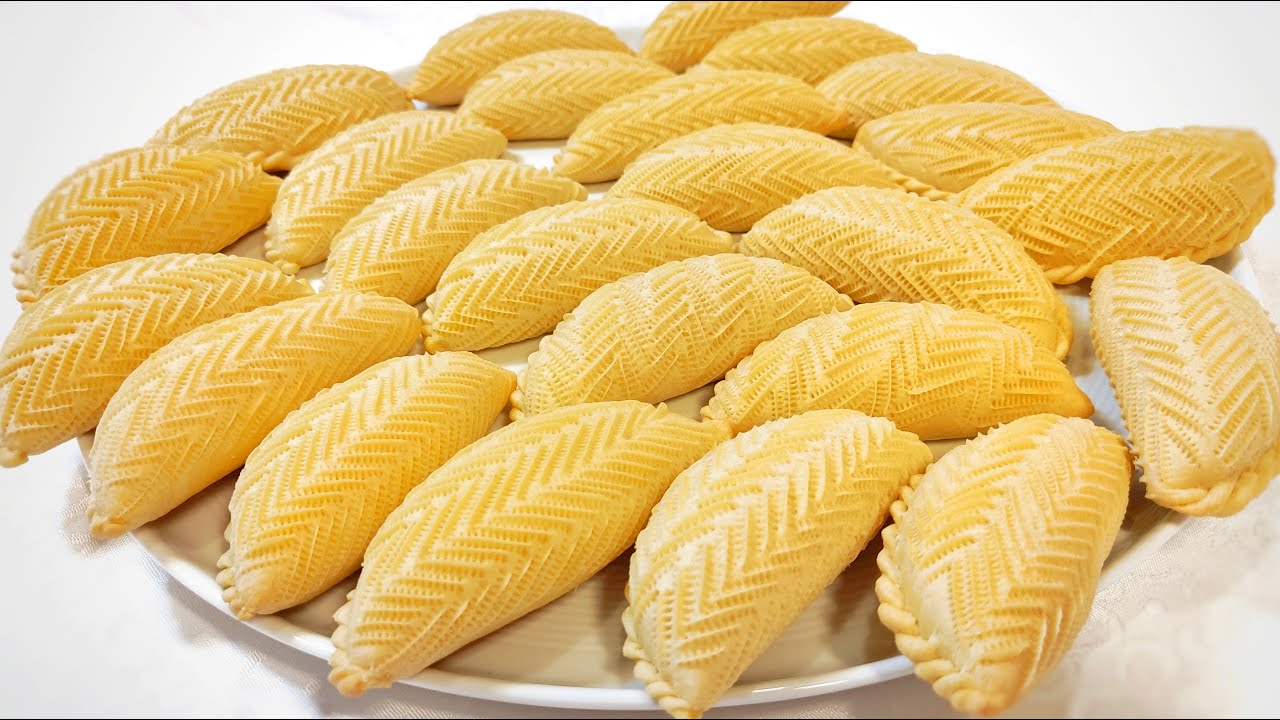
Şəkərbura
Şəkərbura
Şəkərbura qarşısıalınmaz dərəcədə olan şirin bir xəmir yeməyidir. Xüsusi balaca maşa istifadə edərək zərif xarici naxışlarla yarım aya bənzər formada işlənir. İçərisi üyüdülmüş badam, fındıq, qoz və şəkərlə doludur. Ən dadlı şəkərbura o qədər yumşaq olmalıdır ki, ağızda dərhal ərisin! Şəkərbura da “paxlava” kimi, çox sevilən, Novruz bayramının simvolik şirniyyatlarından biridir. Bu müddətdə ailə və dostlar onları birlikdə bişirmək üçün güclərini birləşdirirlər.
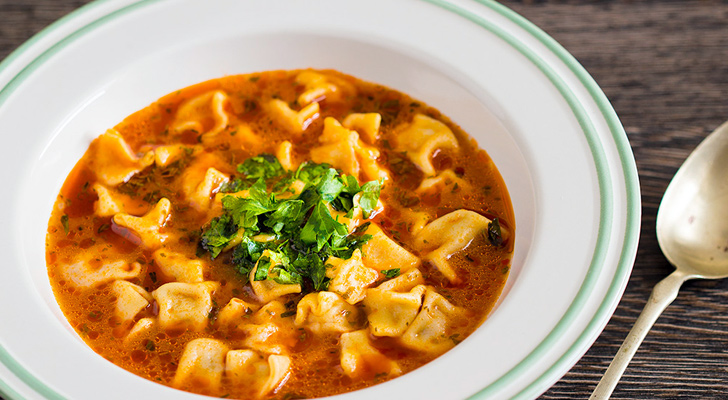
Düşbərə
Düşbərə, ölkənin hər yerində məşhur olsa da, əsl Bakı ləzzəti sayılan ənənəvi, bir köftəli şorbadır. Sirkə və sarımsaq sousu ilə hazırlanan bulyonda qaynadılmış xırda ət köftələrindən ibarətdir. Ənənəyə görə, azərbaycanlılar düşbərə köftələrinin hamısını bir xörək qaşığına sığacaq qədər kiçik edə bilməlidirlər! Düşbərənin hazırlanması çoxlu vaxt tələb etsə də, bu yemək qışda adamı isti saxlayır.
